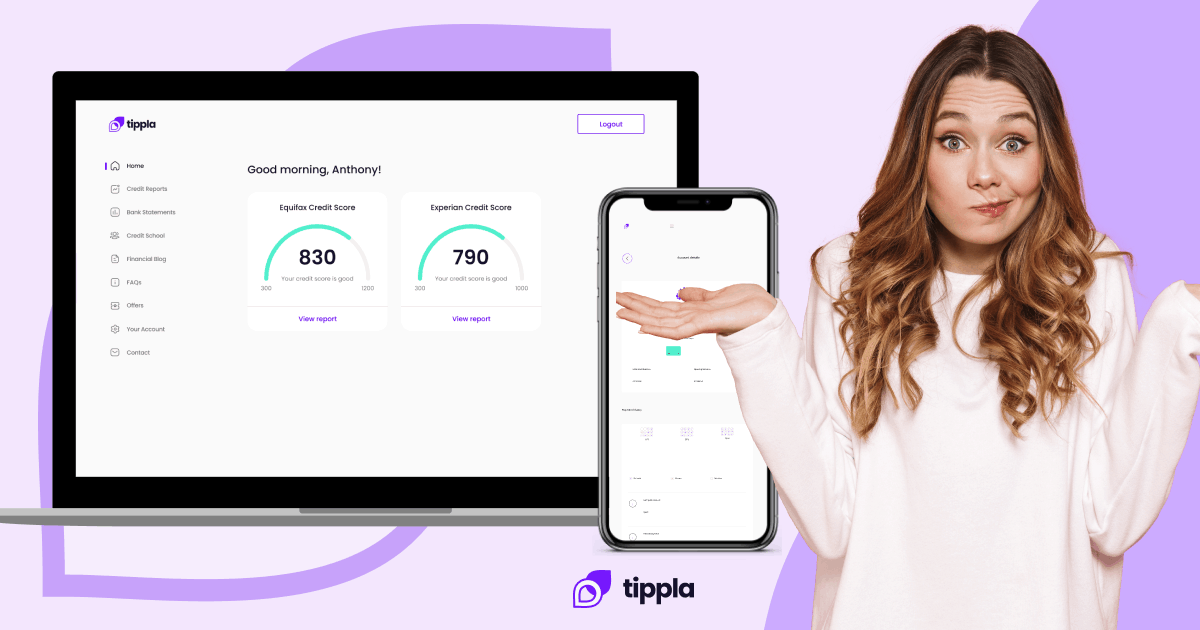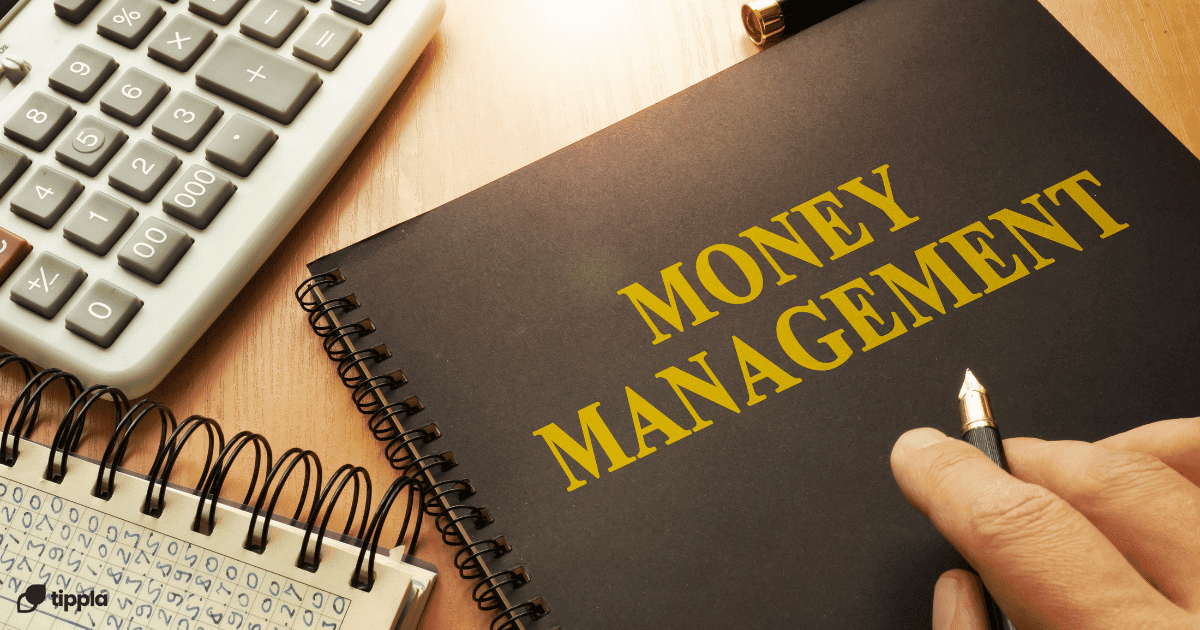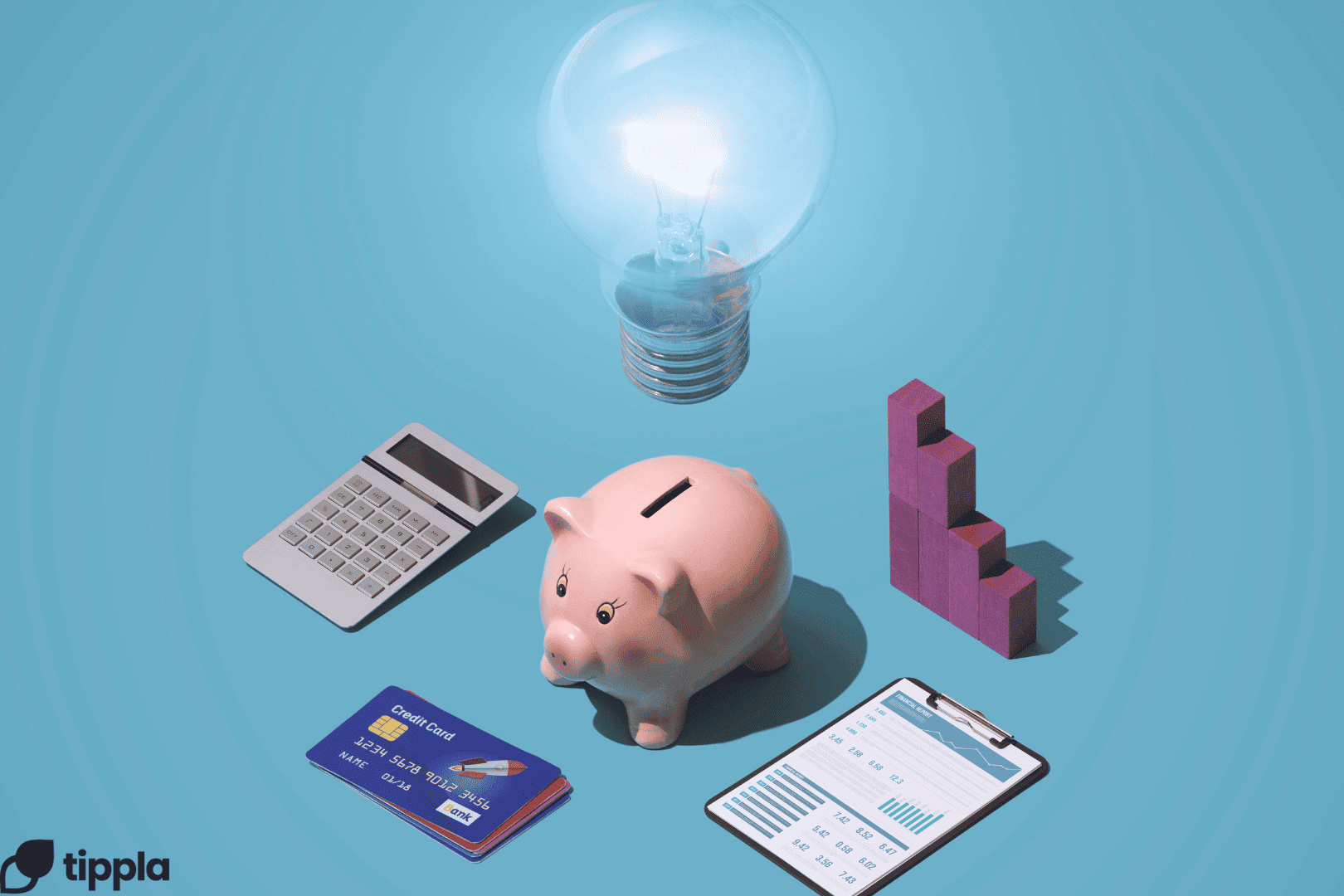Published in July 28, 2021
What is a bank statement?

A bank statement is a document issued to you by your bank that summarises your financial transactions over a set period of time. It also tells you how much money you have in your bank account.
The bank statement will also indicate any checks you’ve deposited or written, including all the details.
Generally, people receive their statements monthly, but if you contact your bank or go online, you can receive one anytime. You can either acquire a bank statement physically as a paper document or digitally from your bank’s online service portal.
Your bank statement will display private information such as your transactions and account number, which can easily allow someone to access your account. Therefore it’s best to keep your statement safe.
How to get a bank statement
The best way to get a bank statement is either through contacting your bank and requesting a physical document, or through your institute’s online portal. If you don’t have an online account, you can easily set one up, as long as you have your account number on hand.
Recently, most banks send digital bank statements for eco-friendly purposes. If your bank is one of those, you should be getting yours via email.
Paper statement
If you’d rather have physical documentation of your bank statement, you’d have to contact your local branch to have one mailed to you or go in to receive one.
What’s on a bank statement?
Your bank statement indicates all your financial transactions made over a set period of time and gives you an indication of the financial health of your bank account.
Your personal info
Your bank statement will display your name, address, and account number. This is to help identify the owner of that account.
Account Summary
The account summary will show the following:
– Starting balance
– Ending balance
– Deposits, including cash, checks, and transfers
– Withdrawals, including cash and checks
– Interest
– Fees, if your bank charges any
Checks
Depending on your financial institution, you may have a bank statement with a section specifically for check withdrawals, with all the details of the check. You may be able to view all the checks you’ve deposited.
Deposits
This section displays any cash transactions made either at an ATM or branch.
This section will also display your paychecks if you’ve used direct deposit or deposited checks with your mobile banking app. Additionally, any deposits from digital funds such as PayPal will also appear here.
You’ll be able to see deposits from selling security, such as cryptocurrency like Bitcoin or shares of stock.
Cash withdrawals
When you use your debit card to withdraw cash, that amount will be recorded in this section.
Electronic withdrawals
Any payments or transfers made with a banking app are considered electronic withdrawals.
Your mortgage payments will also appear here if you’ve paid it with direct deposit. Any payments towards loans will also be present here.
Any payments to pay off your credit card will also appear here. If you have a home equity line of credit (HELOC), payments to pay off that balance will also appear here.
What’s not on the bank statement
Credit card charges won’t be on your bank statement, as it’s not a deposit account. Making a credit card purchase means you’ll pay it back at a later date.
Your credit card balance and charging info will be on your credit card billing statement, a separate document.
Your bank statement also won’t show your Bank State Branch (BSB). That number helps indicate which bank your account is located in. If someone takes hold of your account number and BSB, they could easily make withdrawals directly from your account.
What to use a bank statement for
A bank statement’s main purpose is to help you understand your financial health and cash flow. But you can use it to help your finances in other ways because it proves your income to banks, lenders and insurance companies.
Whether you’re applying for a loan or insurance, you will most likely be asked to provide months’ worth of bank statements and other supporting financial documents.
Some examples of situations that may require you to show a bank statement include:
– Applying for life insurance and disability insurance
– Applying for a loan, such as a car loan, a mortgage, a student loan, or a personal loan
– Applying to rent an apartment to prove that you can pay the rent
– Applying for certain immigration visas that have an employment requirement, to prove that you’re earning an income
– Showing proof of residency, if needed when applying for an official government document like a driver’s license, when you have no other proof of identity
– Signing up for an investing app, which may need to verify your income
Want to learn more about banking? Read more about the different types of bank accounts!
While we at Tippla will always do our best to provide you with the information you need to financially thrive, it’s important to note that we’re not debt counsellors, nor do we provide financial advice. Be sure to speak to your financial services professional before making any decisions.
Related articles

How to Use Tippla | Check Your Credit Score For Free
26/07/2021
Do you want to check your credit score? Do...

7 Smart Ways to Manage Your Finances and Save on Fees
11/10/2024
High inflation and rising operating costs are just two...


Credit Scores and Financial Planning: Leveraging Good Credit for a Secure Future
26/09/2023
Credit scores have a big impact on our financial...
Subscribe to our newsletter
Stay up to date with Tippla's financial blog